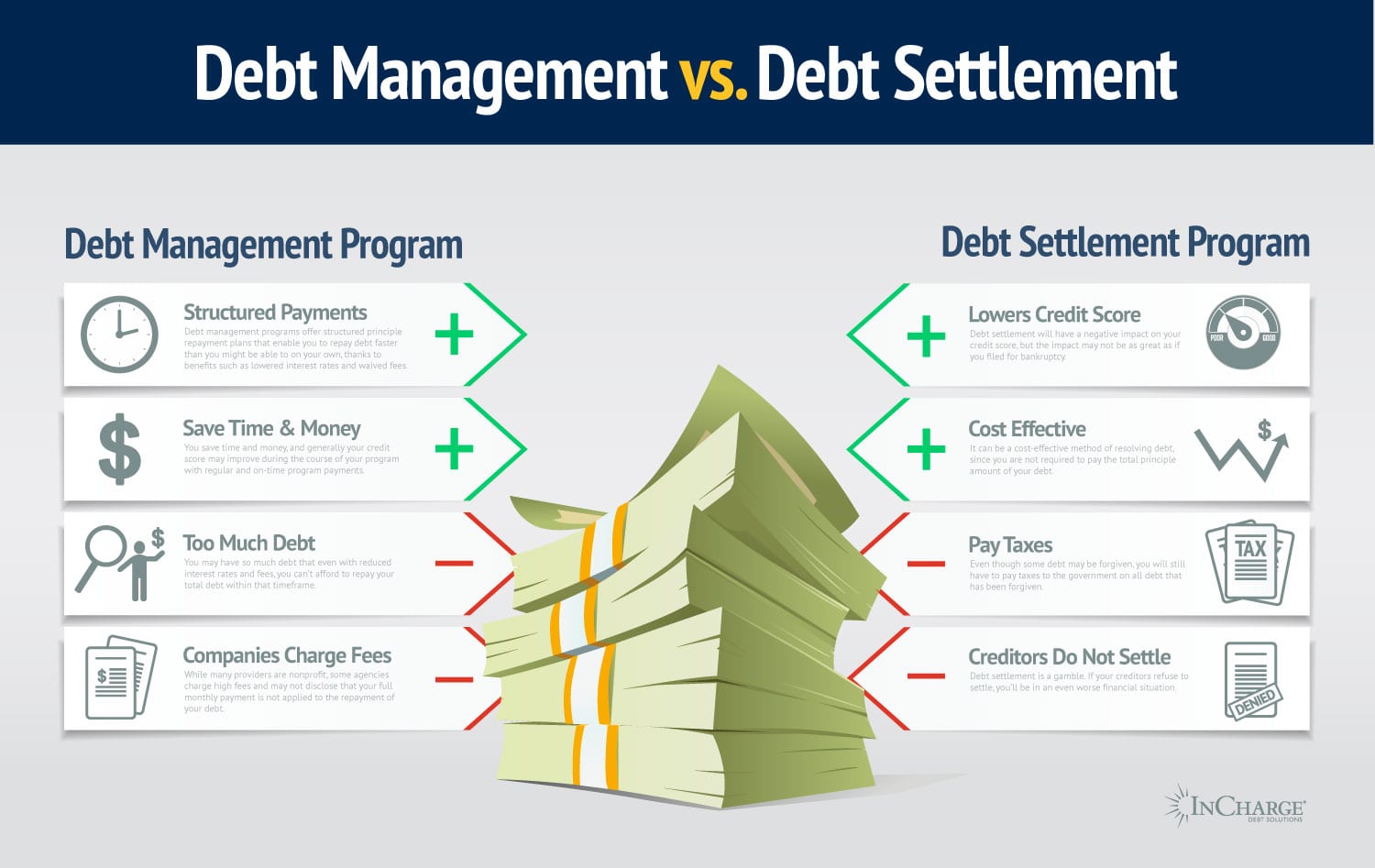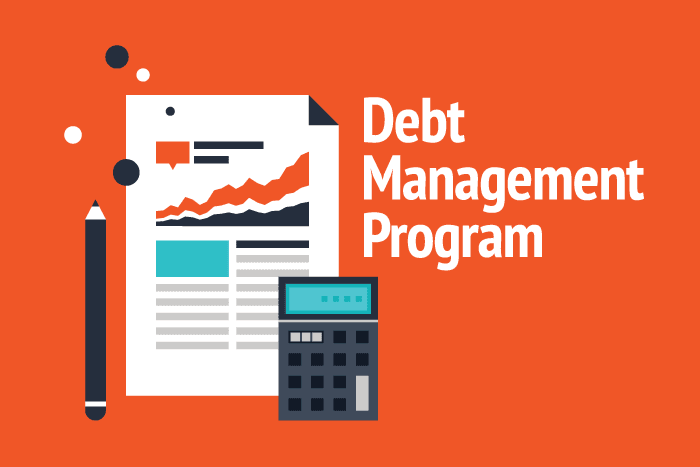Real-Life Success Stories of Financial Debt Loan Consolidation: More Discussion Posted Here
Real-Life Success Stories of Financial Debt Loan Consolidation: More Discussion Posted Here
Blog Article
Every Little Thing You Need to Learn About Developing a Tailored Financial Debt Monitoring Plan
In the world of personal finance, designing a tailored debt management strategy is commonly the cornerstone of accomplishing economic stability and satisfaction. By carefully assessing your existing financial commitments, establishing attainable financial goals, and crafting a useful budget plan, you lead the way for effective financial obligation settlement methods. Nonetheless, the journey to financial flexibility is not solely regarding first preparation; it additionally requires recurring monitoring and modifications to guarantee continued development. As you browse the intricacies of producing an individualized financial obligation administration strategy, recognizing the complexities of each step is crucial to your monetary success.
Evaluating Your Present Financial Debt Circumstance
One need to first carry out an extensive analysis of their existing financial debt commitments before creating a reliable debt administration plan. Create a detailed checklist of each financial debt, including the total amount owed, passion prices, minimum regular monthly settlements, and due dates.
After assembling this info, compute your complete debt-to-income ratio by splitting your month-to-month financial debt repayments by your month-to-month earnings. Recognizing these aspects of your monetary circumstance will direct you in developing a customized financial debt administration strategy tailored to your certain needs and objectives.
Setup Financial Goals and Targets

When establishing financial objectives, it is necessary to be specific, quantifiable, possible, pertinent, and time-bound (CLEVER) For instance, you might establish a goal to settle a certain quantity of debt within a particular amount of time, such as decreasing your credit history card equilibrium by $5,000 in the next one year - More Discussion Posted Here. By setting clear targets similar to this, you can track your development and stay inspired to accomplish your financial debt management goals
In addition, consider prioritizing your financial debts based on factors such as interest prices, outstanding equilibriums, and payment terms. By concentrating on high-interest financial debts initially, you can conserve money in the future and increase your journey toward economic freedom. Keep in mind, everyone's monetary scenario is distinct, so tailor your objectives and targets to fit your private requirements and scenarios.
Producing a Realistic Budget
Crafting a well-defined budget is an essential step in effective debt management and monetary planning. A practical budget serves as a roadmap for your financial wellness, aiding you track your earnings, expenses, and financial debt settlements. To produce a useful spending plan, beginning by noting all your sources of earnings.
Regularly evaluation and change your budget plan as required to stay on track with your monetary goals and debt payment strategy. By adhering to a sensible budget plan, you can effectively manage your debt and job towards a much more secure financial future.
Checking Out Debt Payment Approaches
After developing a reasonable spending plan, the following important action in effective debt management is to check out different financial debt settlement strategies. One common approach is the snowball method, where you focus on settling the smallest financial debts first while making minimum repayments on larger debts. This method can aid develop momentum as you see smaller financial obligations being removed, providing inspiration to take on bigger ones.
An additional method is the avalanche approach, which entails focusing on financial debts with the highest interest prices. By targeting high-interest debts initially, you can decrease the general quantity you pay in passion over time. This technique may be more cost-effective over time, even though it might take visit this web-site longer to see individual debts completely paid off.
Financial obligation loan consolidation is an additional option where you incorporate multiple financial debts right into a solitary funding with a lower rate of interest. This can streamline your payment procedure and potentially decrease the total interest paid. Nevertheless, it's vital to thoroughly think about the terms and fees related to loan consolidation to ensure it's the best selection for your monetary circumstance.
Surveillance and Changing Your Strategy

Readjusting your strategy might involve reallocating funds to tackle high-interest look here financial obligations initially, negotiating with creditors for lower passion rates or far better repayment terms, or exploring extra revenue resources to quicken debt repayment. As your monetary scenario develops, your debt management plan should adjust as necessary to continue to be reliable. By remaining proactive and versatile in monitoring and readjusting your strategy, you can enhance your efforts in the direction of paying off your financial obligations effectively and achieving your economic goals.
Final Thought
In final thought, producing an individualized financial debt administration plan involves analyzing current financial debt, setting financial objectives, developing a sensible budget plan, discovering payment methods, and monitoring and readjusting the plan as needed. By following these actions, people can take control of their monetary scenario and work towards becoming debt-free. It is very important to remain regimented and committed to the strategy in order to achieve lasting financial stability.
One should initially carry out a comprehensive analysis of their present financial debt obligations prior to creating an efficient debt management plan.After developing a reasonable budget plan, the next essential action in effective financial obligation monitoring is to explore numerous debt payment techniques - More Discussion Posted Here.To effectively manage your financial debt, constant surveillance and change of your financial debt administration strategy are important parts for long-term economic security.Readjusting your plan might include reapportioning funds to tackle high-interest financial debts initially, discussing with creditors for lower rate see here now of interest rates or far better repayment terms, or discovering added income sources to accelerate financial obligation settlement.In conclusion, producing a customized financial obligation monitoring strategy entails examining present financial debt, establishing monetary goals, producing a reasonable budget, checking out settlement methods, and surveillance and adjusting the strategy as required
Report this page